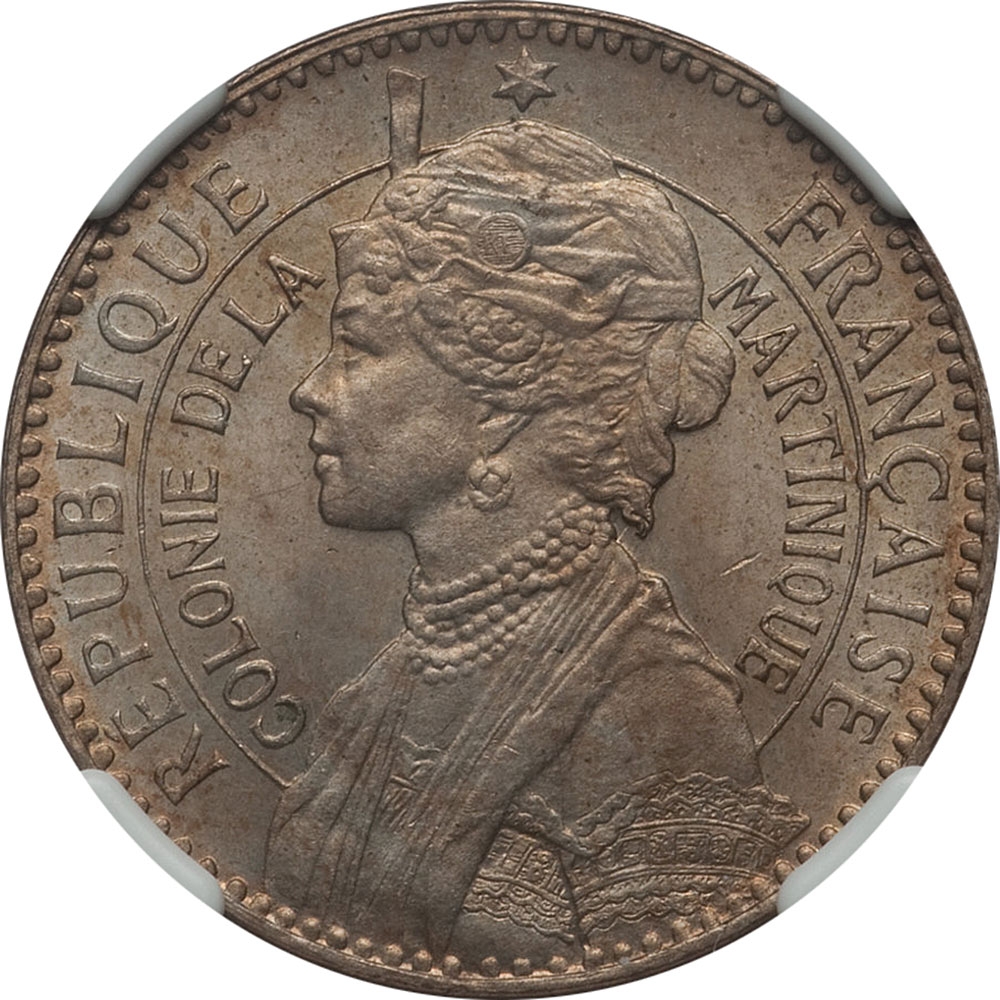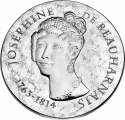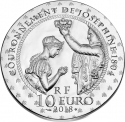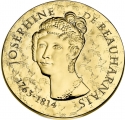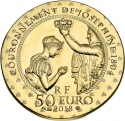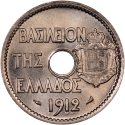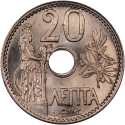You are about to finish your registration. Please check your mailbox (including spam folder). There should be a letter with a confirmation link. Check setting to make sure that your e-mail address is correct.
Send letter againDescription
Originally inhabited by the Arawaks followed by the Caribbean, Martinique was discovered in 1502 by Christopher Columbus on his fourth voyage. In 1635 there was established the first colony in the name of the King of France and American Islands Company. The expansion of plantations led to the eradication of indigenous Arawaks. The mid-seventeenth century, the tobacco crisis ruin the small white planters and permanently installs an economy based on monoculture of sugar cane in the hands of wealthy planters. These in search of cheap labor turns to slavery. Between 1794 and 1802 and then between 1809 and 1814, the island was occupied by the English. In 1848, slavery was abolished. Farmers then use indenture. Competition from beet production, this single industry is in crisis in the late nineteenth century. In 1902, the eruption of Mount Pelee completely destroyed the city of Saint-Pierre making 30,000 deaths. In 1946, the island became an overseas region of France.
This type and an accompanying fifty centimes are the only issues recorded for Martinique in the nineteenth century. Both are scarce and expensive.
Engraver: Alfred Borrel
Obverse

|
Depicts bust of Josephine left, within a circle with a star above, surrounded by inscriptions" French Republic" and "Colony of the Martinique". RÉPUBLIQUE ✶ FRANÇAISE |
|---|---|
Reverse

|
Value "Good for 1 Franc" and date within wreath (olive and sugarcane), surrounded by the inscription "Treasurable Authority". Engraver's name below. CONTRE-VALEUR DÉPOSÉE AU TRÉSOR |
| Edge |
1 Franc
French Colony
KM# 41 Lec# 13
Characteristics
| Material | Cupronickel |
| Weight | 8 g |
| Diameter | 26 mm |
| Thickness | 1.82 mm |
| Shape |
|
| Alignment | Medal |
